Obesity is a global epidemic affecting millions worldwide, leading to numerous health complications such as heart disease, diabetes, and high blood pressure. Among the plethora of weight loss solutions, gastric balloons stand out as a non-surgical alternative designed to help individuals achieve their weight loss goals. This post aims to provide an exhaustive overview of gastric balloons, covering everything from what they are, the various types available, to the procedure itself, and the expected outcomes. By delving into the intricacies of gastric balloons, you will gain a thorough understanding of this weight loss method, enabling you to make informed decisions about your health.
Contents
- 1 What Are Gastric Balloons?
- 2 The Different Types of Gastric Balloons
- 3 The Procedure: Before, During, and After
- 4 Efficacy and Expected Outcomes
- 5 Potential Risks and Side Effects
- 6 Cost and Insurance Coverage
- 7 Gastric Balloons Vs. Other Weight Loss Procedures
- 8 Patient Eligibility and Considerations
- 9 Make An Informed Decision About Gastric Balloons
What Are Gastric Balloons?
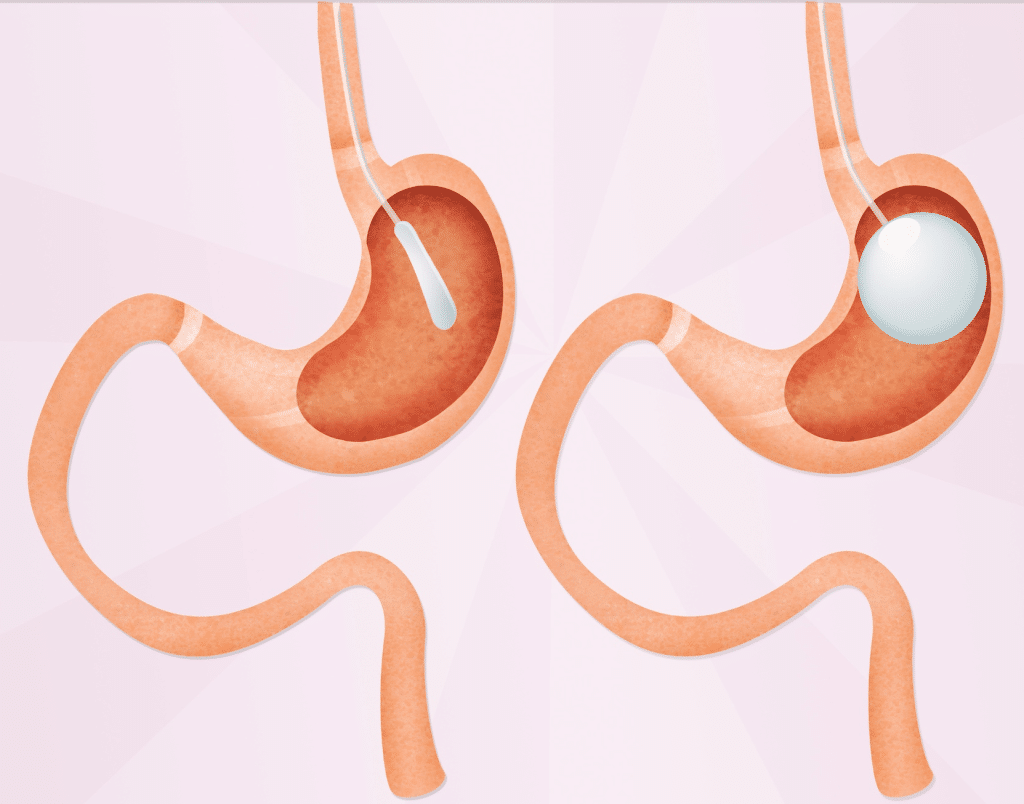
Gastric balloons, also known as intragastric balloons, are weight loss devices temporarily placed in the stomach to reduce hunger and help control food intake. They work by occupying space in the stomach, making the patient feel fuller faster, and longer, thus reducing overall calorie consumption. The procedure is minimally invasive and performed under sedation, making it a suitable option for those hesitant about more invasive weight loss surgeries. With a history of aiding significant weight loss, gastric balloons are gaining popularity among patients and healthcare providers alike.
The concept of gastric balloons is not new, but advancements in technology have improved their safety and effectiveness significantly. They are typically recommended for individuals with a BMI (Body Mass Index) of 30-40 who haven’t achieved desired weight loss through diet and exercise alone. As a temporary weight loss aid, they are usually in place for six months, during which patients are encouraged to adopt healthier lifestyle habits to maintain their weight loss post-removal.
The Different Types of Gastric Balloons
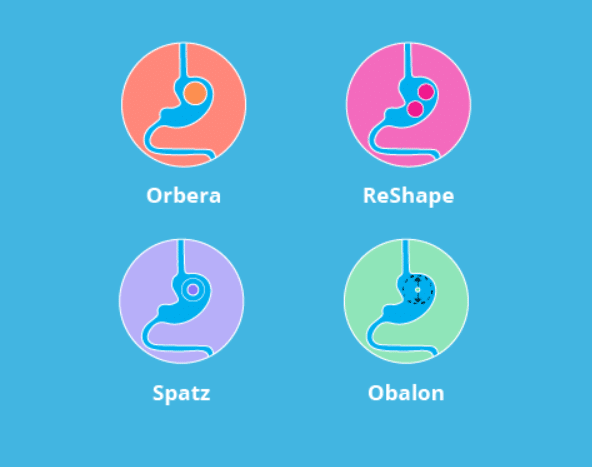
There are several types of gastric balloons available on the market, each designed to cater to the unique needs of the patient. The single balloon is the most common type, known for its simplicity and effectiveness. It’s ideal for those seeking a straightforward solution without the complexity of adjustable or dual balloons. On the other hand, dual balloons offer a higher volume, which can be more effective for certain patients, providing a greater sense of fullness and potentially leading to more weight loss.
Adjustable gastric balloons represent a newer innovation in this field, allowing for adjustments in size to increase or decrease the level of restriction based on the patient’s progress and comfort. This adaptability can enhance the effectiveness of the balloon over time, catering to the evolving needs of the patient. Lastly, there are also swallowable gastric balloons that don’t require endoscopy for insertion, making them a less invasive option. Each type has its advantages and considerations, making it essential for patients to consult with their healthcare provider to determine the best choice for their situation.
The Procedure: Before, During, and After

Before undergoing the gastric balloon procedure, patients undergo a thorough evaluation, including medical history, physical examination, and sometimes, psychological assessment. This pre-procedure phase is crucial for determining the suitability of the balloon, understanding the patient’s weight loss goals, and identifying any potential risks. Patients are also advised on dietary changes and lifestyle adjustments needed to maximize the benefits of the gastric balloon.
During the procedure, which typically takes about 20 to 30 minutes, the deflated balloon is inserted through the mouth into the stomach using an endoscope. Once in place, it’s filled with saline solution to the desired volume. The process is minimally invasive, performed under sedation, and does not require an overnight hospital stay. After the procedure, patients may experience nausea or discomfort as they adjust to the balloon, but these symptoms generally subside within a few days. Post-procedure, patients embark on a dietary plan, gradually transitioning from liquids to solid foods, with ongoing support from nutritionists and medical professionals.
Efficacy and Expected Outcomes

Gastric balloons have shown to be an effective tool for weight loss, with many patients experiencing significant weight reduction during the device’s tenure. Studies indicate that patients can expect to lose between 10% to 15% of their body weight within the six-month period the balloon is in place. This weight loss is typically more rapid in the initial months, encouraging patients to adhere to new dietary and lifestyle changes.
However, the success of a gastric balloon extends beyond the period it is implanted. It serves as a catalyst for long-term weight management, teaching patients portion control and helping them to adopt healthier eating habits. The ultimate goal is not just immediate weight loss but to establish a foundation for a healthier lifestyle that continues long after the balloon is removed. Patients who remain committed to the dietary and exercise recommendations tend to maintain or even continue losing weight post-removal.
Potential Risks and Side Effects
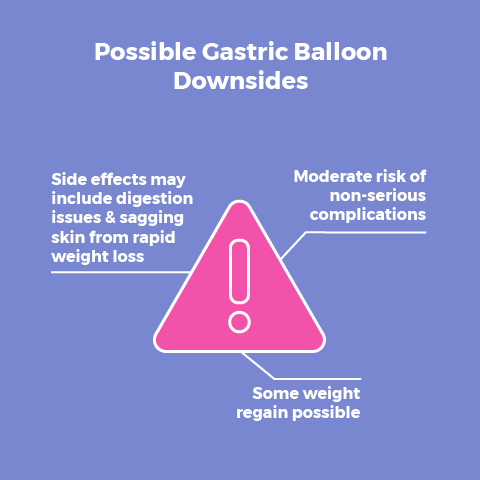
Despite the non-surgical nature of gastric balloon procedures, they are not without risks and side effects. Commonly reported side effects include nausea, abdominal pain, and discomfort, particularly in the first few days following the procedure as the body adjusts to the balloon. These symptoms are generally manageable with medication and usually resolve within a week. In addition to discomfort, there’s a risk of balloon deflation, which, though rare, can lead to intestinal obstruction requiring immediate medical attention.
Serious complications, while infrequent, can include gastric perforation, balloon migration, and severe gastric erosion. These require prompt medical intervention and, in some cases, may necessitate the removal of the balloon before the intended six-month duration. Healthcare providers closely monitor patients for signs of complications throughout the balloon’s tenure, emphasizing the importance of regular follow-up appointments. The selection process for candidates also plays a critical role in minimizing risks, as certain health conditions may increase the likelihood of complications.
Cost and Insurance Coverage

The cost of gastric balloon procedures can vary widely depending on geographic location, the type of balloon used, and the comprehensive nature of the follow-up support program. Generally, the expense includes the cost of the balloon itself, the insertion procedure, the necessary follow-up appointments, nutritional counseling, and medical support. While not inexpensive, gastric balloons are often less costly than surgical weight loss options, making them a financially viable option for some patients.
Insurance coverage for gastric balloons varies by provider and policy, with many insurers considering the procedure elective or cosmetic, thus not covered under standard health plans. Patients are encouraged to directly consult their insurance providers for specific coverage details. Additionally, some medical facilities offer financing plans or payment options to help manage the out-of-pocket costs, making the procedure more accessible to those who stand to benefit from it.
Gastric Balloons Vs. Other Weight Loss Procedures
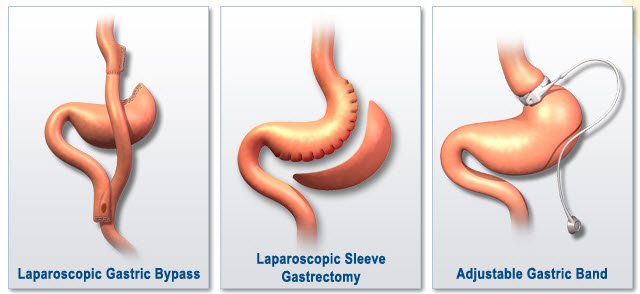
Gastric balloons offer a less invasive alternative to surgical weight loss options like gastric bypass or sleeve gastrectomy. These surgical procedures permanently alter the digestive system to facilitate weight loss and typically have higher risks and longer recovery times. In contrast, gastric balloons are temporary, can be removed, and do not require surgery, appealing to patients looking for a less drastic solution with fewer risks and a quicker recovery period.
However, while gastric balloons are effective for moderate weight loss and offer a lower risk profile, they may not be suitable for individuals with a significantly higher BMI, who might achieve better long-term results with surgical options. The choice between a gastric balloon and other procedures ultimately depends on the patient’s health status, weight loss goals, and risk tolerance. Consulting with a healthcare provider can help patients weigh the benefits and drawbacks of each option, guiding them toward the most appropriate weight loss strategy.
Patient Eligibility and Considerations
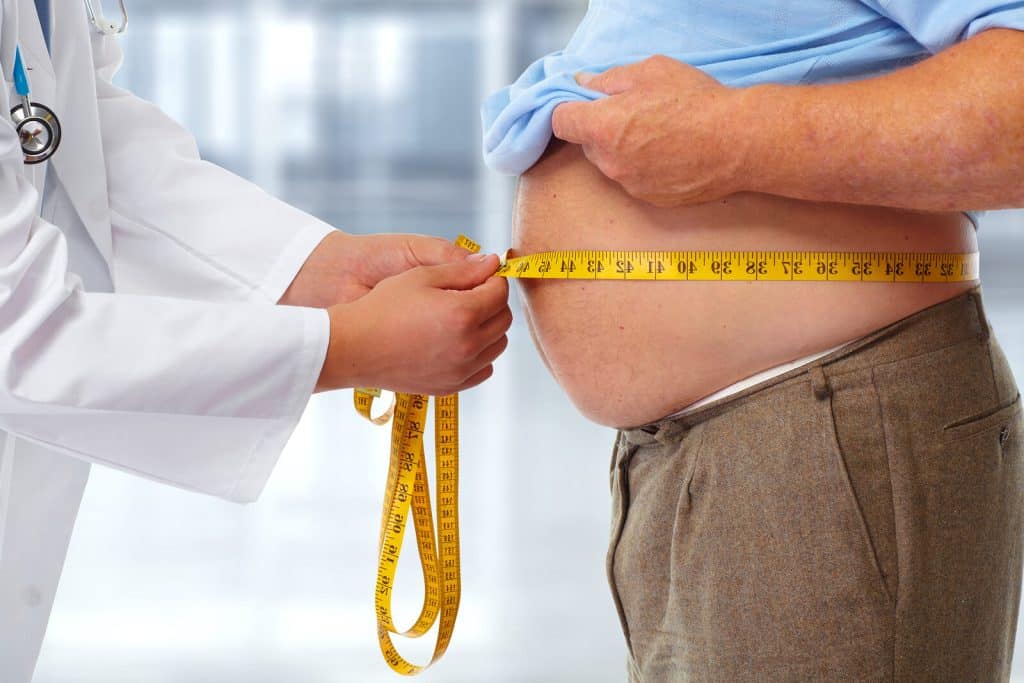
Not everyone is a candidate for a gastric balloon. The procedure is typically recommended for individuals with a BMI of 30 to 40 who have struggled to lose weight through diet and exercise alone. Patients must also be willing to commit to significant lifestyle changes, including dietary adjustments and regular physical activity, to ensure the success of the balloon. Those with gastrointestinal issues, such as ulcers or large hiatal hernias, or who have had previous stomach surgeries may not be eligible for the procedure.
Beyond physical health criteria, psychological readiness and support systems are crucial considerations for potential patients. Successful weight loss with a gastric balloon involves more than the physical presence of the device; it requires a genuine commitment to adopting a healthier lifestyle. Healthcare providers may recommend psychological evaluations to ensure patients are mentally prepared for the journey ahead. Moreover, the support of family, friends, and medical professionals plays a vital role in helping patients navigate the challenges of adjusting to new eating habits and lifestyle changes.
Make An Informed Decision About Gastric Balloons
Understanding gastric balloons provides a solid foundation for those considering this weight loss option. As a non-surgical alternative, it offers a unique opportunity to kickstart significant lifestyle changes, guiding individuals toward achieving and maintaining their weight loss goals. If you’re seeking a method to help bridge the gap between diet, exercise, and achieving your desired weight, consulting with a healthcare provider about gastric balloons could be your next step. Together, you can determine if this is the right choice for your journey towards a healthier, more fulfilling life.


